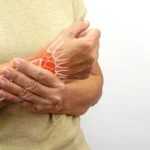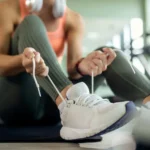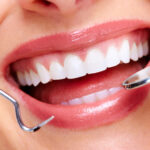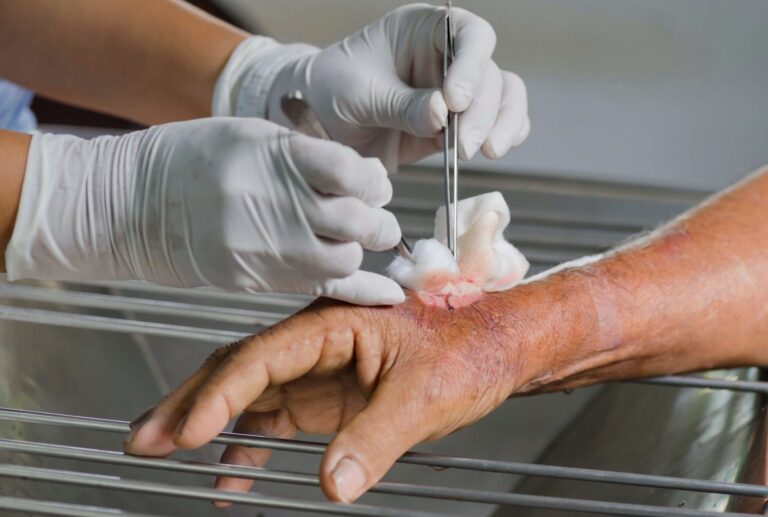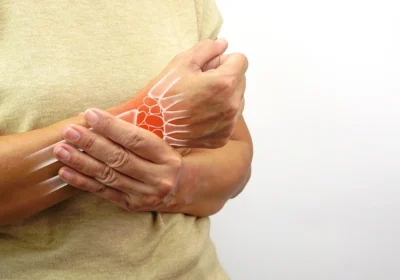
Gentle Sessions, Practical Gains With Extracorporeal Shock Therapy for ED
Erectile dysfunction affects millions of men worldwide and impacts quality of life significantly. Traditional treatments focus on temporary solutions that require ongoing medication or devices. Extracorporeal shock therapy offers a different approach by addressing the underlying causes of reduced function.
Understanding How Shock Wave Technology Works
Extracorporeal shock therapy uses low-intensity sound waves directed at specific tissues. These waves create microtrauma that triggers your body’s natural healing response. The process encourages new blood vessel formation in areas where circulation has declined.
The treatment targets the penile tissue without breaking the skin or causing pain. Sound waves penetrate deep into the tissue to stimulate cellular regeneration. This non-invasive method works at a biological level to improve vascular health over time.
Blood flow plays a crucial role in erectile function for most men. When vessels become damaged or restricted, achieving firmness becomes difficult. The therapy aims to restore circulation by promoting the growth of new, healthy blood vessels.
What Happens During a Treatment Session
Each session typically lasts between fifteen and twenty minutes in total. A technician applies a gel to the treatment area and moves a handheld device across specific zones. Most men report feeling mild pulsing or tapping sensations during the procedure.
No anaesthesia or numbing agents are required for extracorporeal shock therapy sessions. The discomfort level remains minimal, similar to a gentle massage. You can resume normal activities immediately after each appointment without any downtime.
Treatment plans usually involve six to twelve sessions spread over several weeks. The spacing allows your body time to respond and generate new tissue. This gradual approach builds results that develop naturally as healing progresses.
Who May Benefit From This Non-Invasive Approach
Men experiencing mild to moderate erectile difficulties often see the best outcomes. The therapy works particularly well for vascular-related issues rather than psychological causes. Those who haven’t responded well to oral medications may find this alternative helpful.
Younger men with circulation problems sometimes benefit more than older candidates. Your body’s ability to generate new blood vessels influences the treatment effectiveness. Generally, men under seventy with good overall health respond most favourably.
People seeking a medication-free option find this approach appealing for long-term management. The treatment doesn’t require ongoing pills or repeated interventions after completion. Results can last a year or more before any maintenance sessions become necessary.
Medical Conditions That Affect Treatment Suitability
Cardiovascular health plays a significant role in determining your candidacy for treatment. Men with uncontrolled heart conditions need medical clearance before proceeding. Blood pressure management is important as the therapy affects vascular function directly.
Diabetes can impact erectile function but doesn’t automatically rule out extracorporeal shock therapy. Many men with well-managed diabetes have experienced improvements from treatment. However, severe vascular damage from long-term diabetes may limit the potential benefits.
Certain blood clotting disorders or active infections require postponement of sessions. The therapy stimulates healing processes that could be complicated by these conditions. Your practitioner will review your complete health history during the initial consultation.
Realistic Expectations for Treatment Outcomes
Improvements typically begin appearing several weeks after completing the full treatment course. Some men notice changes earlier, while others require patience for results. The therapy works with your body’s natural healing timeline rather than providing instant effects.
Response rates vary based on the underlying cause and severity of dysfunction. Men with vascular issues generally see better outcomes than those with nerve damage. Success rates reported in studies range from fifty to seventy percent for appropriate candidates.
The degree of improvement differs from person to person based on individual factors. Some men regain full function whilst others experience partial enhancement. Even modest improvements can make a meaningful difference in confidence and relationships.
Lifestyle Factors That Support Better Results
Maintaining cardiovascular health through exercise strengthens treatment outcomes significantly. Regular physical activity improves circulation throughout your entire body. This healthy blood flow supports the new vessel growth that therapy encourages.
Smoking damages blood vessels and counteracts the benefits of extracorporeal shock therapy considerably. Men who quit smoking before treatment typically see much better results. Protecting your vascular health maximises the improvements you can achieve.
A balanced diet rich in nutrients supports tissue repair and vessel formation. Managing stress levels also contributes to better overall sexual function. These lifestyle adjustments work alongside therapy to create lasting positive changes.
Comparing This Method to Traditional Treatment Options
Oral medications provide temporary assistance but don’t address underlying vascular problems. Pills work for a single occasion and require planning around intimacy. Extracorporeal shock therapy aims to restore natural function without ongoing pharmaceutical dependence.
Injection therapies and vacuum devices offer alternatives but involve more invasive or cumbersome approaches. These methods can be effective but often feel less convenient for regular use. Shock wave treatment provides a simpler option once the initial sessions are complete.
Surgical interventions remain available for severe cases that don’t respond to conservative measures. These procedures carry greater risks and longer recovery periods than non-invasive options. Many men prefer trying shock therapy before considering more aggressive treatments.
Long-Term Considerations and Maintenance Plans
Results from extracorporeal shock therapy can persist for twelve to twenty-four months. The duration depends on your age, health status, and lifestyle habits. Some men choose periodic maintenance sessions to preserve their improvements over time.
Continuing healthy habits helps extend the benefits you gain from treatment. Regular exercise and good nutrition support the new blood vessels that formed. Avoiding behaviours that damage circulation keeps your results lasting longer.
Open communication with your healthcare provider ensures the best ongoing management strategy. Periodic assessments help determine if maintenance sessions would be beneficial. This proactive approach keeps you functioning well as you age naturally.

